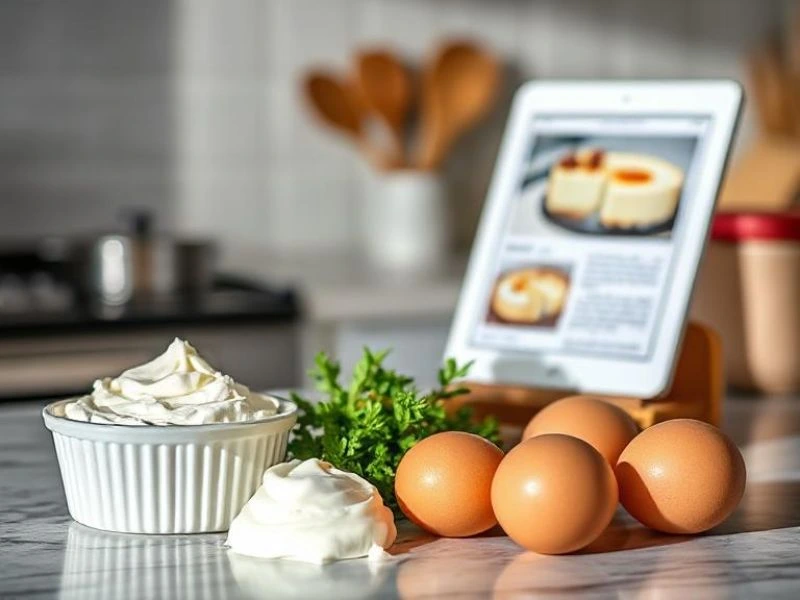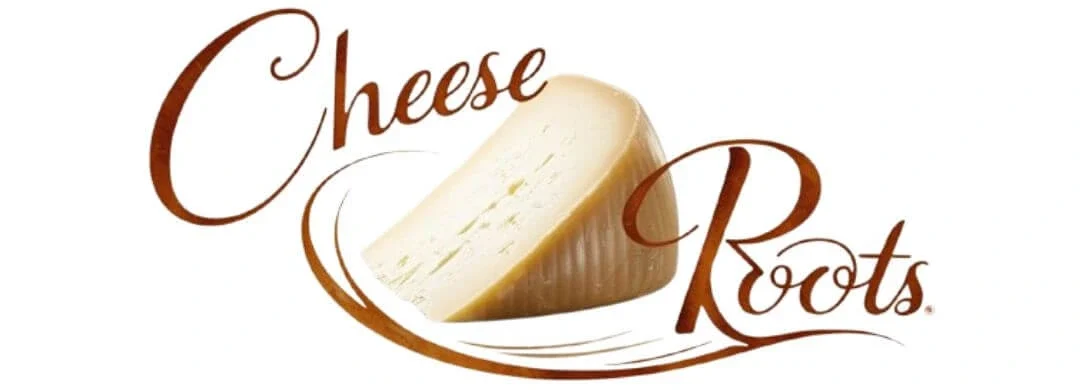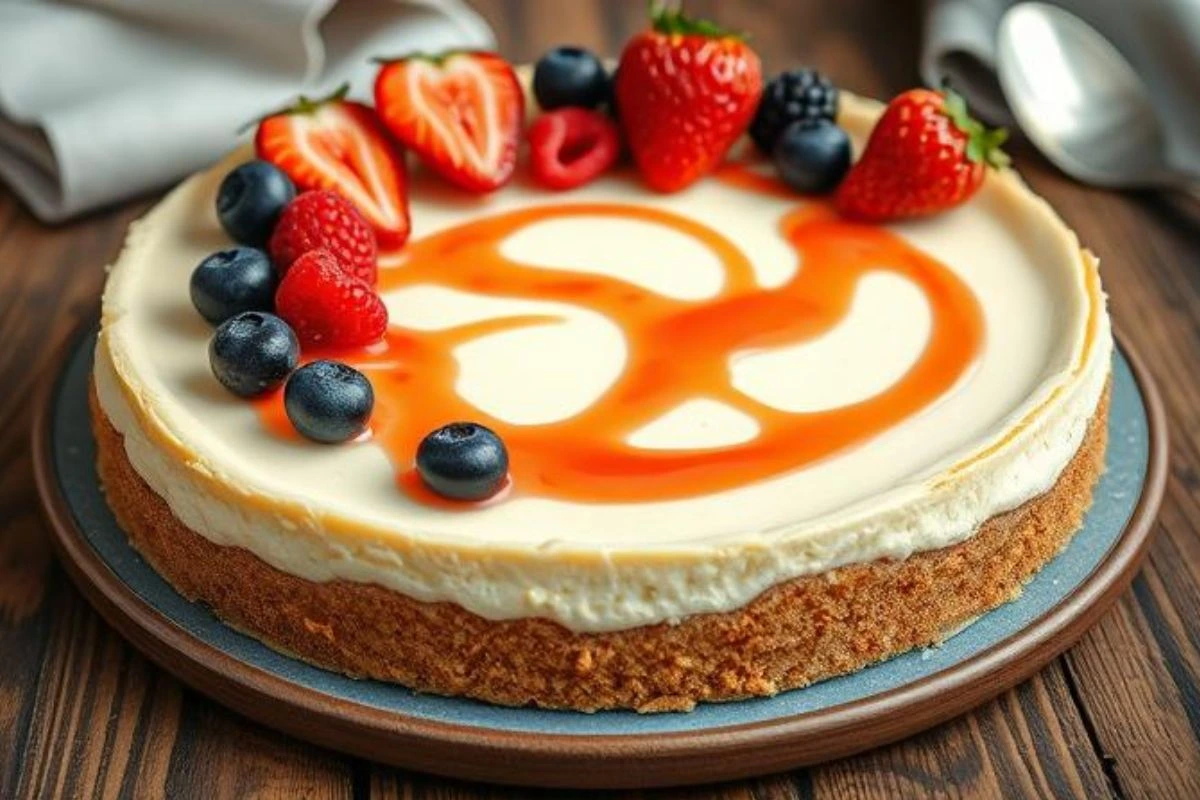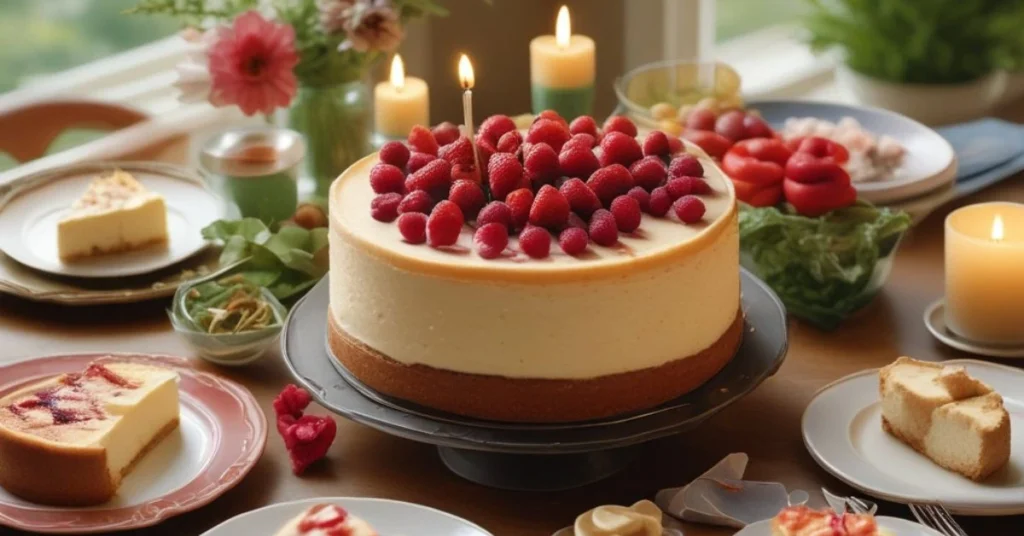

Welcome to Your Gluten-Free Cheesecake Crust Adventure!
Are you ready to indulge in a deliciously versatile dessert that everyone can enjoy? Whether you’re catering to gluten intolerance or simply looking for a healthier twist, a gluten-free cheesecake crust is the perfect solution. Before diving in, consider exploring our guide to making Homemade Cheese for unique flavors. Using ingredients like almond flour and coconut flour adds a delightful texture and flavor, making this crust perfect for classic or creative fillings. Let’s dive in and discover how easy it is to create a dessert that’s both impressive and inclusive!
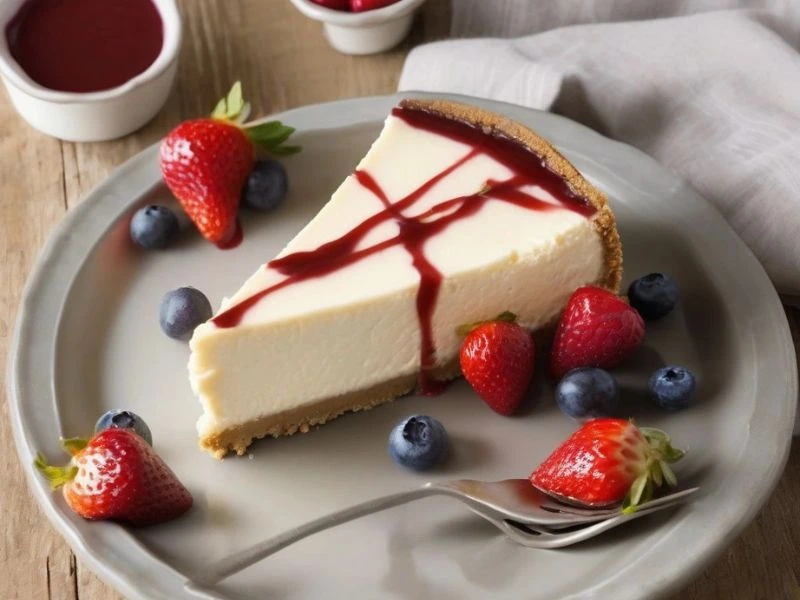

Key Benefits of a Gluten-Free Cheesecake Crust
When it comes to creating a cheesecake that everyone can enjoy, a gluten-free crust is a game-changer. Not only is it perfect for those with gluten intolerance, but it also offers a healthier alternative for anyone looking to reduce their gluten intake. Here are some of the key benefits of making a gluten-free cheesecake crust:
- Inclusivity: Whether you’re hosting a dinner party or just want a dessert that everyone can enjoy, a gluten-free crust ensures that no one feels left out.
- Healthier Options: Using ingredients like almond flour and coconut flour provides a nutritious twist on traditional crusts.
- Versatility: Gluten-free crusts can be paired with a wide range of cheesecake fillings, from classic New York-style to chocolate or fruit-based options.
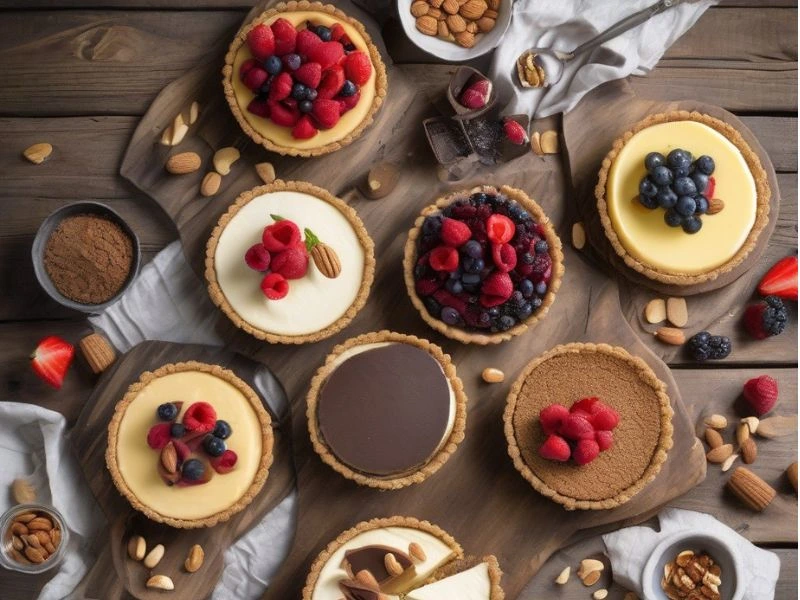

Why Choose Gluten-Free Ingredients?
Gluten-free ingredients like almond flour and coconut flour offer more than just a dietary solution; they also bring unique textures and flavors to your cheesecake. Almond flour adds a nutty taste, while coconut flour provides a subtle coconut hint. These ingredients not only make your cheesecake gluten-free but also elevate its overall culinary appeal.
Tips for Choosing the Right Ingredients
When selecting ingredients for your gluten-free crust, consider the following:
- Almond Flour: Offers a light, nutty flavor and a delicate texture.
- Coconut Flour: Provides a denser texture and a hint of coconut flavor.
- Gluten-Free Graham Crackers: Can be used for a more traditional crust taste with a gluten-free twist.
By choosing these ingredients, you’re not just making a gluten-free crust; you’re crafting a dessert that’s both delicious and inclusive.
Ingredients You’ll Need
Now that we’ve explored the benefits of a gluten-free cheesecake crust, let’s dive into the essential ingredients you’ll need to get started. Here’s a list of what you’ll require:
Almond Flour: This is a great choice for a light, nutty flavor. Make sure to use finely ground almond flour for the best texture.
Coconut Flour: If you prefer a denser crust, coconut flour is an excellent option. Note that it absorbs more liquid than almond flour, so you may need to adjust your liquid content.
Gluten-Free Graham Crackers: These can be crushed and used for a more traditional crust taste with a gluten-free twist.
Butter or Coconut Oil: These will help bind your crust together. Coconut oil is a great vegan alternative.
Sugar or Natural Sweetener: Add a touch of sweetness to balance out the flavors.
Salt: A pinch of salt enhances the overall flavor of your crust.
Optional Spices: Consider adding a pinch of cinnamon or nutmeg for extra depth.
Tips for Selecting the Best Ingredients
When choosing your ingredients, keep these tips in mind:
- Quality Matters: Use high-quality almond flour or coconut flour for the best results.
- Adjust Liquid Content: If using coconut flour, be prepared to add a bit more liquid to your mixture.
- Experiment with Flavors: Don’t be afraid to add a pinch of cinnamon or nutmeg to give your crust a unique twist.
By selecting these ingredients thoughtfully, you’ll be well on your way to creating a delicious gluten-free cheesecake crust that complements any filling beautifully!
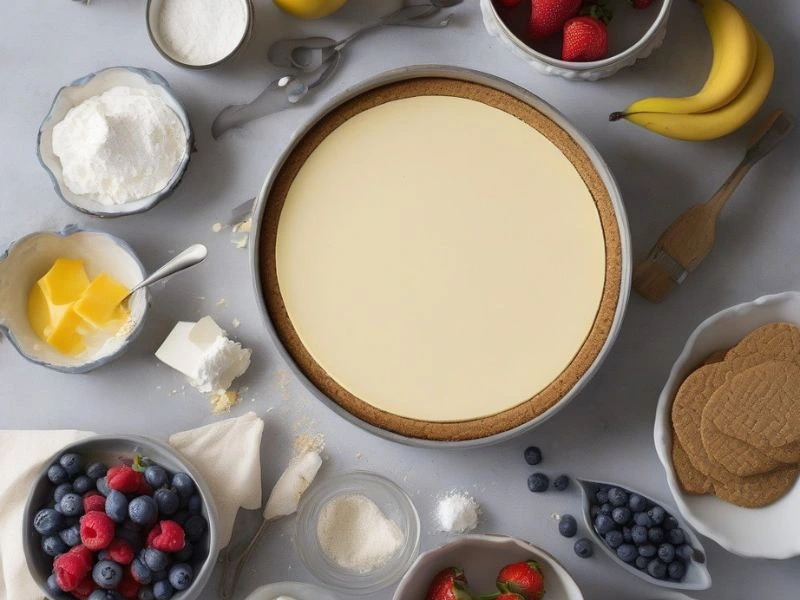

Step-by-Step Instructions
Now that we have our ingredients ready, let’s move on to the fun part—making the crust! Here’s a step-by-step guide to help you create a perfect gluten-free cheesecake crust:
Preparing the Crust
- Mix Dry Ingredients: In a medium bowl, combine your almond flour or coconut flour, sugar, and a pinch of salt. If using gluten-free graham crackers, crush them finely and mix with the other dry ingredients.
- Add Wet Ingredients: Gradually add melted butter or coconut oil to the dry mixture. Mix until everything is well combined and the mixture resembles coarse crumbs.
- Optional Spices: If you’re feeling adventurous, now is the time to add a pinch of cinnamon or nutmeg to give your crust a unique flavor.
Pressing the Crust into the Pan
Choose Your Pan: Use a 9-inch springform pan for a classic cheesecake look. If you prefer a smaller dessert, a 6-inch springform pan works beautifully too.
Press the Crust: Use your fingers or the back of a spoon to press the crust mixture evenly into the bottom of the pan. Make sure to get it up the sides slightly for a neat finish.
Pre-Baking the Crust (Optional)
If you’re using a crust made with almond flour or coconut flour, you might want to pre-bake it to prevent sogginess. Here’s how:
- Preheat Your Oven: Set your oven to 350°F (175°C).
- Bake the Crust: Place the crust in the oven for about 10-12 minutes, or until it’s lightly golden. Keep an eye on it to avoid overcooking.
- Cool the Crust: Once baked, let the crust cool completely before filling it with your cheesecake mixture.
Tips for a Perfect Crust
Even Pressing: Ensure the crust is evenly pressed into the pan to prevent it from becoming too thick in some areas.
Don’t Overbake: If pre-baking, keep an eye on the crust to avoid overcooking, which can make it too dark or brittle.
By following these steps, you’ll have a beautifully crafted gluten-free cheesecake crust that’s ready for your favorite filling!
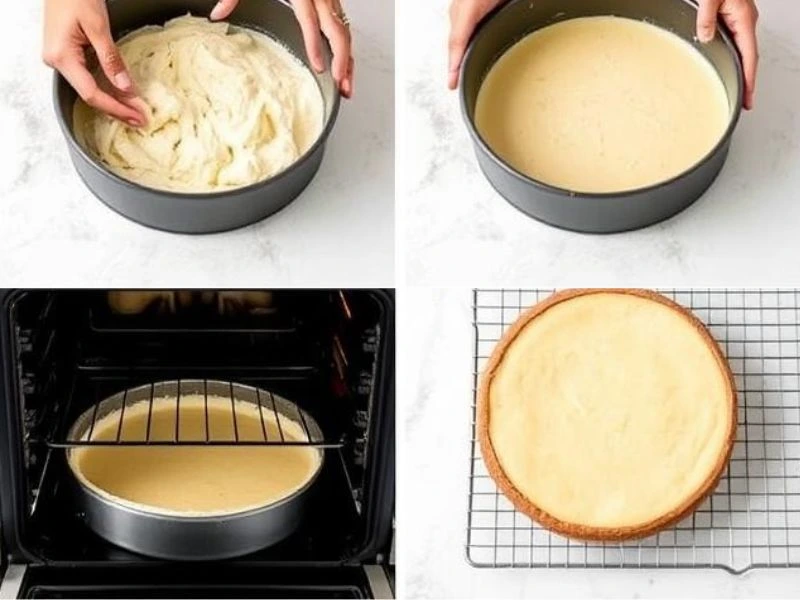

Pro Tips and Variations
As you master the art of creating a gluten-free cheesecake crust, here are some expert tips and creative variations to take your baking to the next level:
Expert Tips for Perfection
- Prevent Sogginess: To ensure your crust stays crisp, consider pre-baking it lightly. Keep an eye on it to avoid overcooking, which can make it too dark or brittle.
- Achieve Even Texture: Press the crust mixture evenly into the pan to ensure a uniform texture throughout. This step is crucial for a well-balanced cheesecake.
- Cooling is Key: After pre-baking, allow the crust to cool completely before adding your cheesecake filling. This helps maintain the integrity of the filling and prevents it from melting or becoming uneven.
Delicious Variations to Try
Nut-Free Options: For those with nut allergies, sunflower seed flour or oat flour can be excellent substitutes for almond flour. These options provide a similar texture without the allergens.
Spice It Up: Add a pinch of cinnamon or nutmeg to give your crust a warm, inviting aroma. These spices complement the sweetness of the cheesecake beautifully.
Sweetener Swaps: Experiment with natural sweeteners like honey or maple syrup to create a unique flavor profile. These alternatives can add depth and complexity to your cheesecake.
Innovative Crust Ideas
Chocolate Crust: Infuse your crust with cocoa powder for a chocolate-flavored base. This pairs perfectly with chocolate cheesecake fillings.
Fruit-Infused Delight: Mix in dried fruits like cranberries or cherries to create a fruity twist on the classic crust. This adds a pop of color and flavor to your cheesecake.
Nutty Texture: If nuts are safe for your guests, try adding chopped walnuts or pecans for added texture and flavor. This enhances the overall experience of your cheesecake.
By incorporating these tips and variations, you can create a gluten-free cheesecake crust that not only impresses with its taste but also caters to various dietary needs and preferences!
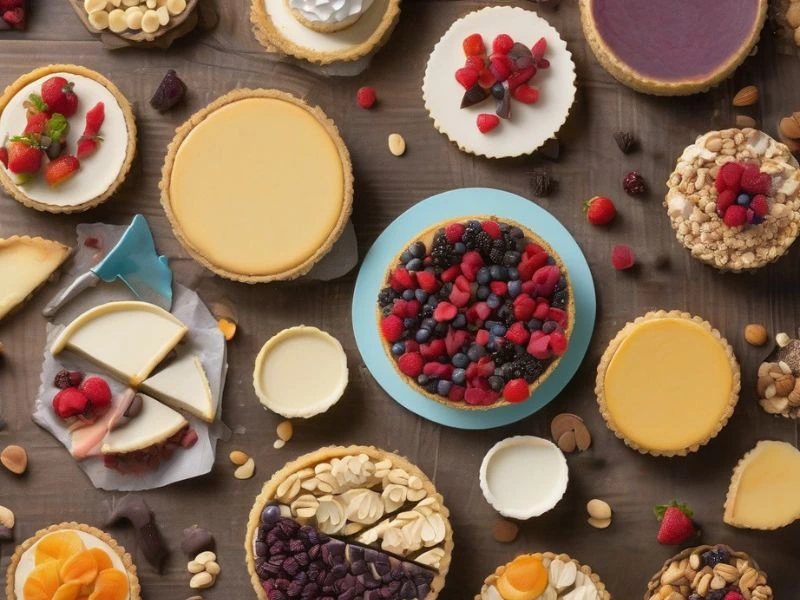

Pairing with Cheesecake Fillings
Now that you have your gluten-free cheesecake crust ready, let’s explore some fantastic filling options that will elevate your dessert to new heights. Here are some classic and creative cheesecake fillings that pair beautifully with your crust:
Classic Cheesecake Favorites
- New York-Style Cheesecake: This timeless favorite combines cream cheese, eggs, sugar, and vanilla for a rich, creamy texture that complements the nutty flavor of almond flour perfectly.
- Chocolate Cheesecake: For chocolate lovers, adding cocoa powder or melted chocolate creates a decadent treat that pairs beautifully with the gluten-free crust.
- Fresh Fruit Cheesecakes: Infuse your cheesecake with fresh fruits like strawberries, blueberries, or raspberries for a sweet and tangy twist that adds a pop of color to your dessert.
Creative Cheesecake Fillings
Lemon Lavender Delight: Brighten up your dessert with lemon zest and dried lavender for a refreshing and unique flavor combination that’s perfect for spring.
Pumpkin Spice Cheesecake: Perfect for fall, this filling combines pumpkin puree with cinnamon, nutmeg, and ginger for a warm, seasonal treat that’s sure to become a family favorite.
Espresso Cheesecake: Add a shot of espresso to your filling for a mocha-flavored cheesecake that’s perfect for coffee lovers and adds a sophisticated twist to your dessert.
Tips for Filling Your Crust
- Even Filling Distribution: Ensure your cheesecake filling is evenly distributed over the crust to prevent any bare spots and achieve a uniform bake.
- Adjust Baking Time: Depending on the thickness of your filling, you may need to adjust your baking time. Thicker fillings require longer baking times to ensure they’re set properly.
- Cooling is Essential: After baking, let your cheesecake cool completely in the pan before refrigerating it. This helps prevent cracking and ensures a smooth, creamy texture.
By pairing your gluten-free crust with these delicious fillings, you’ll create a cheesecake that’s not only gluten-free but also visually stunning and incredibly flavorful! Whether you’re hosting a dinner party or just want a special dessert for the family, these combinations are sure to impress.
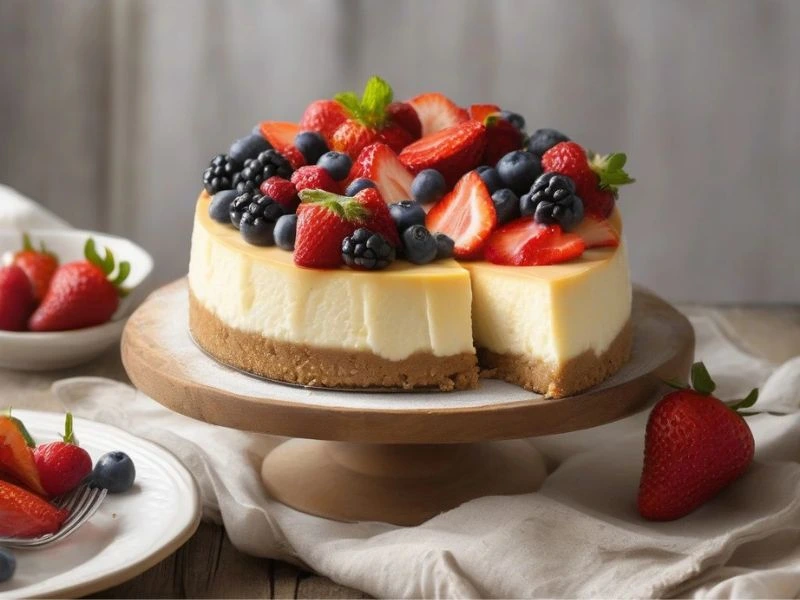

Conclusion
As you’ve now mastered the art of creating a gluten-free cheesecake crust, it’s time to celebrate the versatility and deliciousness of this dessert. Whether you’re catering to dietary restrictions or simply looking for a healthier twist, this crust is a game-changer. Here’s why you’ll love it:
Inclusivity: Perfect for those with gluten intolerance, this crust ensures everyone can enjoy a slice.
Flavor Variety: Pair it with classic New York-style, chocolate, or fruit-based fillings for endless flavor combinations.
Ease of Preparation: With simple ingredients and straightforward steps, making this crust is a breeze.
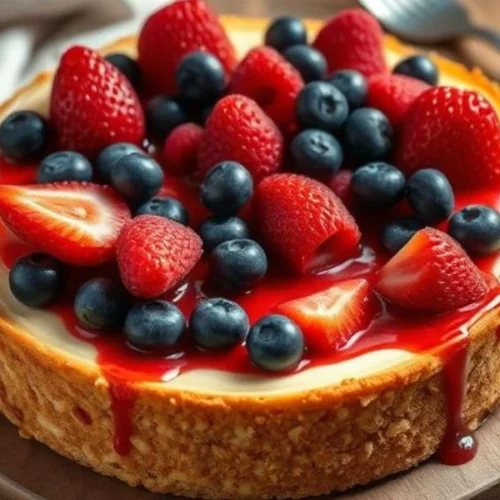

Gluten-Free Cheesecake Crust You’ll Love to Make!
Ingredients
1 1/2 cups Gluten-Free Graham Cracker Crumbs (or use gluten-free oats or almond flour as alternatives)
- ¼ cup Granulated Sugar
- 6 tablespoons Melted Butter
Optional: 1/2 teaspoon Lemon Zest or Vanilla Extract for added flavor
Instructions
Preheat Oven: Set your oven to 350°F (175°C).
Prepare Crust: In a food processor, combine gluten-free graham cracker crumbs and sugar. Pulse until well mixed.
Add Butter: Pour in melted butter and process until the mixture resembles wet sand.
Form Crust: Press the mixture into the bottom of a 9-inch springform pan.
Bake Crust: Bake for 10 minutes or until lightly golden.
Cool Crust: Let it cool completely before adding your cheesecake filling.
Alternative Crust Using Almond Flour:
1 1/4 cups Almond Flour
2 tablespoons Brown Sugar
1/2 teaspoon Lemon Zest
4 tablespoons Melted Butter
Follow similar steps as above, mixing ingredients and pressing into a pan.
Alternative Crust Using Oats:
1 cup Rolled Oats
1/4 cup Honey
1/4 cup Melted Coconut Oil
Notes
- Nutrition Information (Per Serving of Crust Only)
- Calories: 250-300
- Fat: 18g
- Saturated Fat: 10g
- Protein: 2g
- Carbohydrates: 20g
- Fiber: 2g
- Sugar: 5g
- Sodium: 100mg
- Cholesterol: 20mg
Encouragement to Experiment
Don’t be afraid to get creative! Try adding different spices or nuts to your crust for unique flavors. Experiment with various cheesecake fillings to find your favorite combinations. The beauty of this recipe lies in its adaptability, so feel free to make it your own.
By embracing this gluten-free cheesecake crust, you’re not just baking a dessert—you’re creating a memorable experience for you and your loved ones. So go ahead, get baking, and enjoy the joy of sharing something truly special!
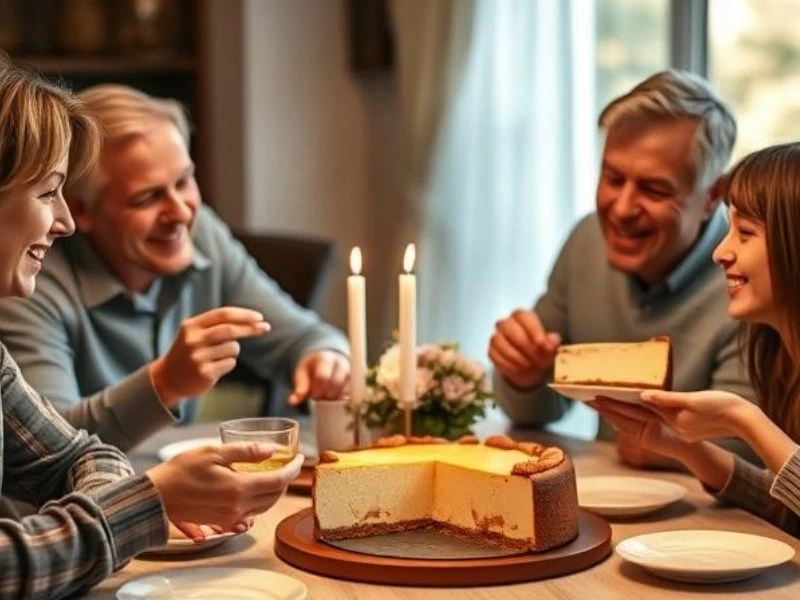

FAQs
As you embark on making your gluten-free cheesecake crust, you might have some questions. Here are some answers to common queries that will help you along the way:
Common Questions
How Do You Know When Cheesecake is Done?
A cheesecake is done when the edges are set, and the center is slightly jiggly. Avoid overbaking, as this can cause cracking.
How Many Calories in a Slice of Cheesecake?
The calorie count varies depending on the filling and crust. A classic cheesecake slice can range from 300 to 500 calories.
Can I Freeze the Crust?
Yes, you can freeze the crust. Simply press it into a pan, freeze, and then bake when needed. This is a great time-saving tip for future desserts.
How Many Cups is 8 oz of Cheese?
Since cheese density can vary, it’s best to measure by weight for accuracy. However, approximately 8 oz of cream cheese is about 1 cup.
How Many Cups of Sour Cream in 16 oz?
6 oz of sour cream is equivalent to about 2 cups.
How Many Cups of Sugar in a 4-Pound Bag?
A 4-pound bag of sugar is approximately 16 cups.
How Many Ounces Are in a Cup of Sour Cream?
A cup of sour cream is about 8 oz.
How to Know When a Cheesecake is Ready?
Check for a set edge and a slightly jiggly center. If you’re unsure, insert a toothpick into the center; it should come out clean or with a few moist crumbs.
Additional Tips
- Experiment with Flavors: Don’t be afraid to try new spices or ingredients in your crust or filling.
- Store Properly: Once baked and cooled, store your cheesecake in the refrigerator to maintain freshness.
- Freeze for Later: Consider freezing your cheesecake for up to 2 months for a quick dessert option in the future.
By addressing these common questions, you’ll be well-equipped to create a stunning gluten-free cheesecake that impresses both in taste and presentation!
